HappyLocker Ransomware is a file scrambling threat that was recently published by cybercriminals. It seems a new variant of hidden tear, which is known as open-source ransomware. As the HappyLocker Ransomware on the so-called fine Ransomware happens, she shares similarities with this infection. For example, it encrypts files that quickly found stored on the computer, after she infiltrated the computer. Then the user asks money for the “special software – happy decryptorâ„¢” (“special software – happy decryptorâ„¢”) to transfer. We know that you urgently need access to your files, but we also know that it is not wise to transfer money to the cyber criminals. You have to say not much why money is not a good idea bad people to pay – you could lose your money and receive nothing from the people behind the HappyLocker Ransomware. No matter, how you decide about the payment, don’t forget, that the removal of these Ransomware infection is a must, no matter which way you choose. They must do this so that she can not encrypt files and you can use your computer without fear of lost files.
It is obvious that the HappyLocker Ransomware is based on the older Ransomware infection, because she is like a series of existing threats. They illegally entering computer and then encrypts the files using strong encryption OF AES so that it would not be possible simply to relax the files. Adding the expansion .happy in addition to the original extensions of user files, for example picture.jpg-> picture.jpg.happy. To inform the user about the situation, deposited the two files READDDDDDD.txt and READ.png on the desktop, when she successfully infiltrated into computer. These files contain the following text:
When you open the specified Web site, you will find out what they need to do to unlock your files. Just like other Ransomware infections offers the purchase of the decryptor. Users who want this, obliged to pay 0.1 Bitcoin (approximately 70 USD) to the specified Bitcoin address. Unfortunately, the 2-delete-spyware.com specialists do not know whether the decryption tool would be sent to you. In fact, no one knows whether the cyber criminals will have the motivation to send the decryptor, after they have received the required money, which means that users who have paid, you may get nothing.
Because the HappyLocker Ransomware uses AES encryption, it may be impossible to decrypt files without the special code. Of course the user should not immediately give up if this Ransomware infection has made it impossible to access your important files, you should try to use a free data recovery tool. What you can do else without the private key, the cyber criminals allegedly have, is, restore the files from a backup that you made before the Ransomware infection. Regularly create backups of your personal data, so that you won’t lose your files in the event of other Ransomware infections in the future.
There is not much information about the distribution of Ransomware infection; Specialists are however sure that she does not ask for consent to penetrate into computer. In other words, she does it illegally. In most cases, the users also contribute to the penetration of Ransomware infections. For example, it is very likely that the HappyLocker Ransomware just like other Ransomware infections via spam E-mails is widespread. More specifically, it is located in an E-Mail attachment. If it happens nothing wrong when a user opens an email. Malware usually enters on computers if users open attachments from spam emails that they receive or click on the links that you find in these emails. If you are sure that you have opened no attachment of a spam E-mail, could it be, that you have downloaded instant Satoshi BOT, to make money, but instead dropped the HappyLocker Ransomware on your PC.
If you read this article, the HappyLocker Ransomware has encrypted probably already their pictures, videos, music files, and much more. Unfortunately, these files are not unlocked if you delete the Ransomware infection, but it is a must to remove them because she can strike again. That she disable any system functions or the screen should be not difficult to eliminate this threat manually. If you find too difficult, even using our removal instructions, the manual method you can automatically use SpyHunter to delete the HappyLocker Ransomware. In such a case you must worry more about other threats, possibly hiding in the system, because it removes any for you.
delete HappyLocker Ransomware
Warning, multiple anti-virus scanners have detected possible malware in HappyLocker Ransomware.
| Anti-Virus Software | Version | Detection |
|---|---|---|
| Malwarebytes | 1.75.0.1 | PUP.Optional.Wajam.A |
| VIPRE Antivirus | 22224 | MalSign.Generic |
| Baidu-International | 3.5.1.41473 | Trojan.Win32.Agent.peo |
| VIPRE Antivirus | 22702 | Wajam (fs) |
| NANO AntiVirus | 0.26.0.55366 | Trojan.Win32.Searcher.bpjlwd |
| Tencent | 1.0.0.1 | Win32.Trojan.Bprotector.Wlfh |
| McAfee-GW-Edition | 2013 | Win32.Application.OptimizerPro.E |
| Qihoo-360 | 1.0.0.1015 | Win32/Virus.RiskTool.825 |
| ESET-NOD32 | 8894 | Win32/Wajam.A |
| McAfee | 5.600.0.1067 | Win32.Application.OptimizerPro.E |
| Dr.Web | Adware.Searcher.2467 |
HappyLocker Ransomware Behavior
- HappyLocker Ransomware Connects to the internet without your permission
- Redirect your browser to infected pages.
- HappyLocker Ransomware Deactivates Installed Security Software.
- Modifies Desktop and Browser Settings.
- Slows internet connection
- Steals or uses your Confidential Data
- Common HappyLocker Ransomware behavior and some other text emplaining som info related to behavior
- Shows Fake Security Alerts, Pop-ups and Ads.
- Distributes itself through pay-per-install or is bundled with third-party software.
- Integrates into the web browser via the HappyLocker Ransomware browser extension
HappyLocker Ransomware effected Windows OS versions
- Windows 10
- Windows 8
- Windows 7
- Windows Vista
- Windows XP
HappyLocker Ransomware Geography
Eliminate HappyLocker Ransomware from Windows
Delete HappyLocker Ransomware from Windows XP:
- Click on Start to open the menu.
- Select Control Panel and go to Add or Remove Programs.
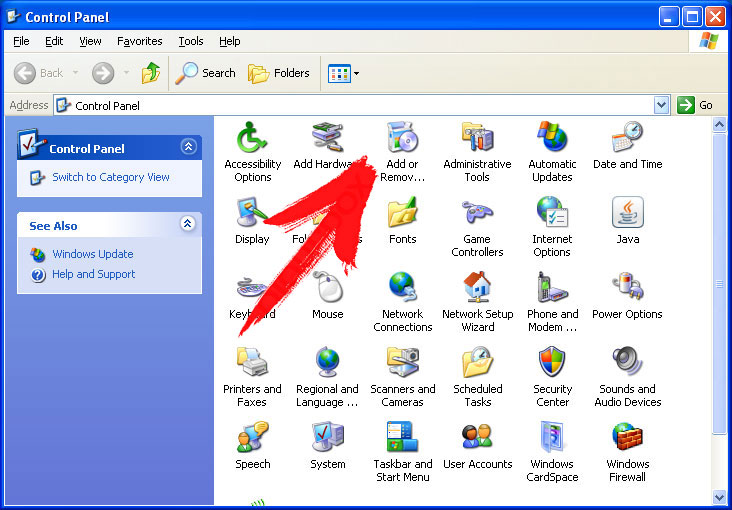
- Choose and remove the unwanted program.
Remove HappyLocker Ransomware from your Windows 7 and Vista:
- Open Start menu and select Control Panel.

- Move to Uninstall a program
- Right-click on the unwanted app and pick Uninstall.
Erase HappyLocker Ransomware from Windows 8 and 8.1:
- Right-click on the lower-left corner and select Control Panel.
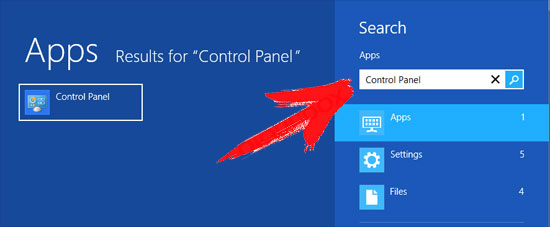
- Choose Uninstall a program and right-click on the unwanted app.
- Click Uninstall .
Delete HappyLocker Ransomware from Your Browsers
HappyLocker Ransomware Removal from Internet Explorer
- Click on the Gear icon and select Internet Options.
- Go to Advanced tab and click Reset.

- Check Delete personal settings and click Reset again.
- Click Close and select OK.
- Go back to the Gear icon, pick Manage add-ons → Toolbars and Extensions, and delete unwanted extensions.
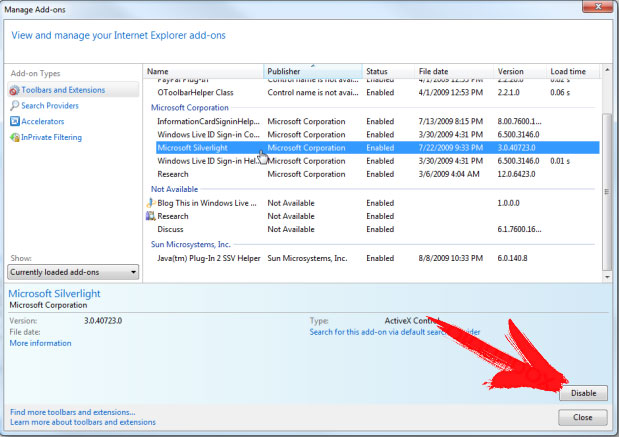
- Go to Search Providers and choose a new default search engine
Erase HappyLocker Ransomware from Mozilla Firefox
- Enter „about:addons“ into the URL field.
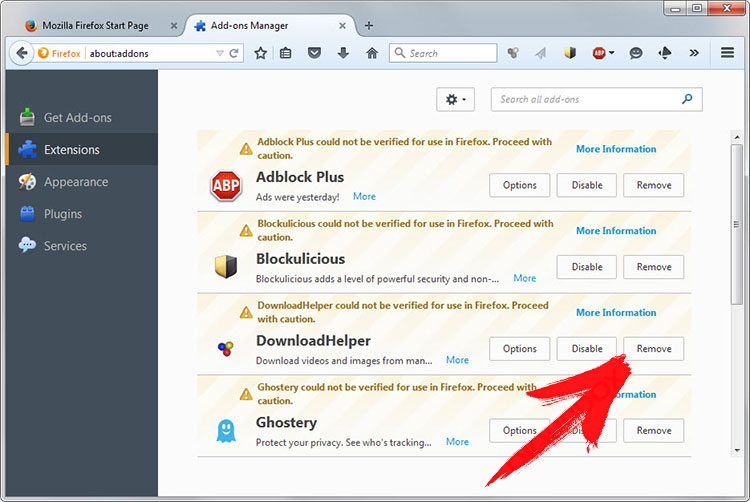
- Go to Extensions and delete suspicious browser extensions
- Click on the menu, click the question mark and open Firefox Help. Click on the Refresh Firefox button and select Refresh Firefox to confirm.
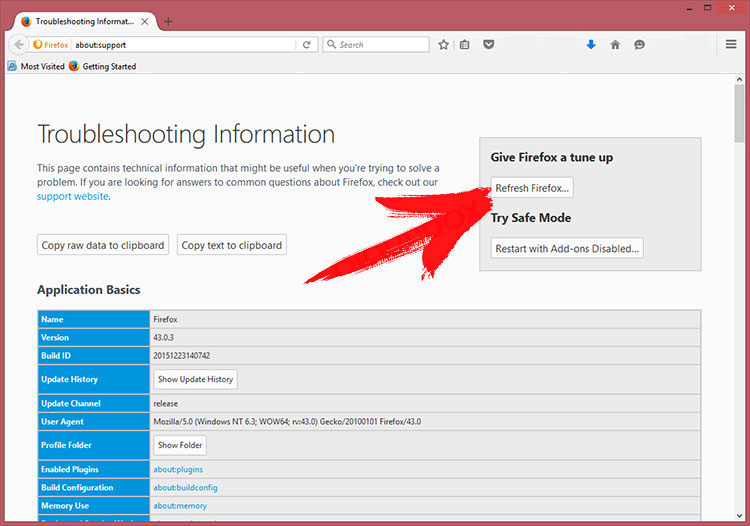
Terminate HappyLocker Ransomware from Chrome
- Type in „chrome://extensions“ into the URL field and tap Enter.
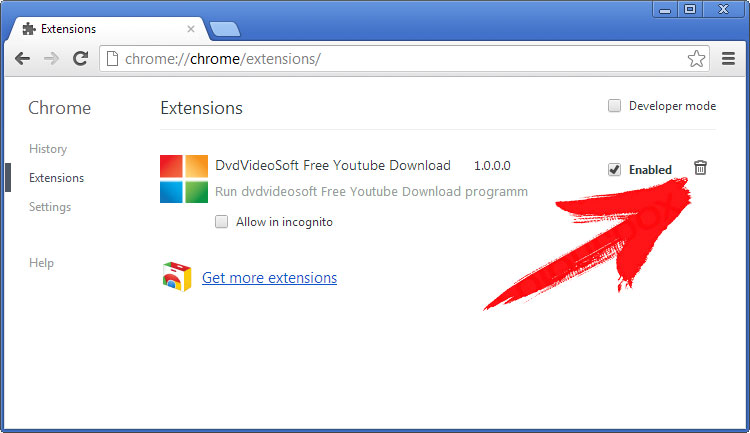
- Terminate unreliable browser extensions
- Restart Google Chrome.
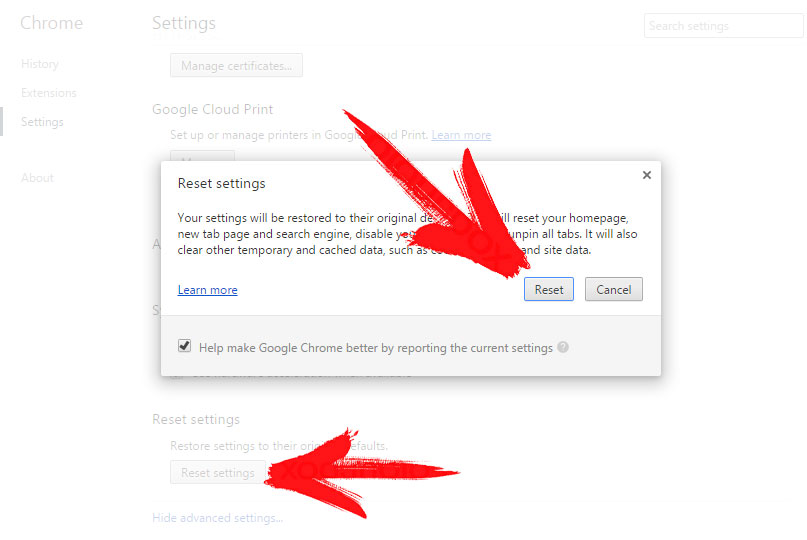
- Open Chrome menu, click Settings → Show advanced settings, select Reset browser settings, and click Reset (optional).